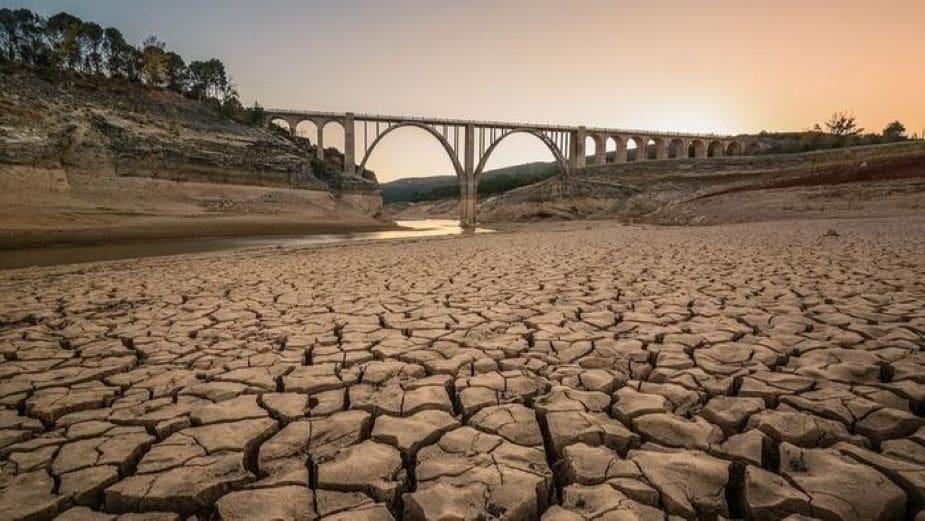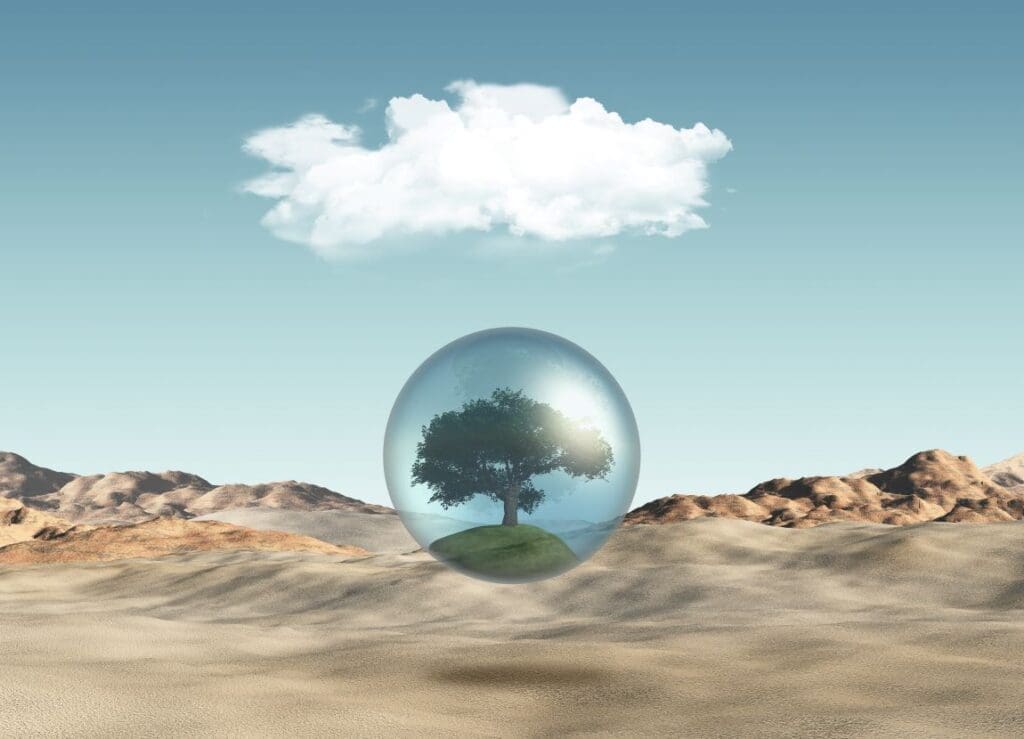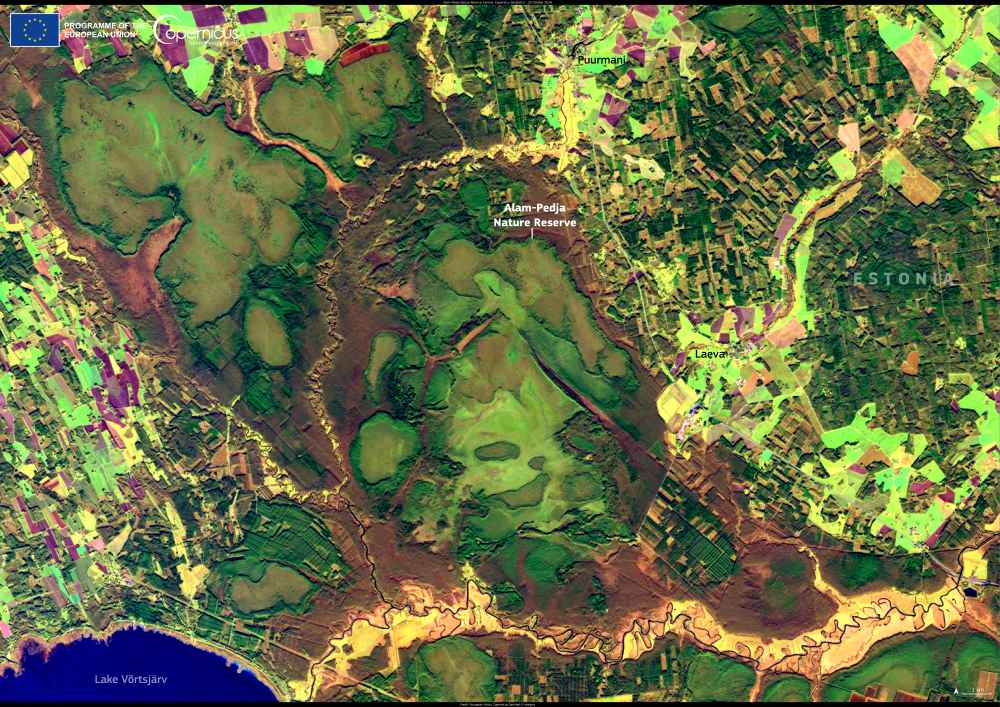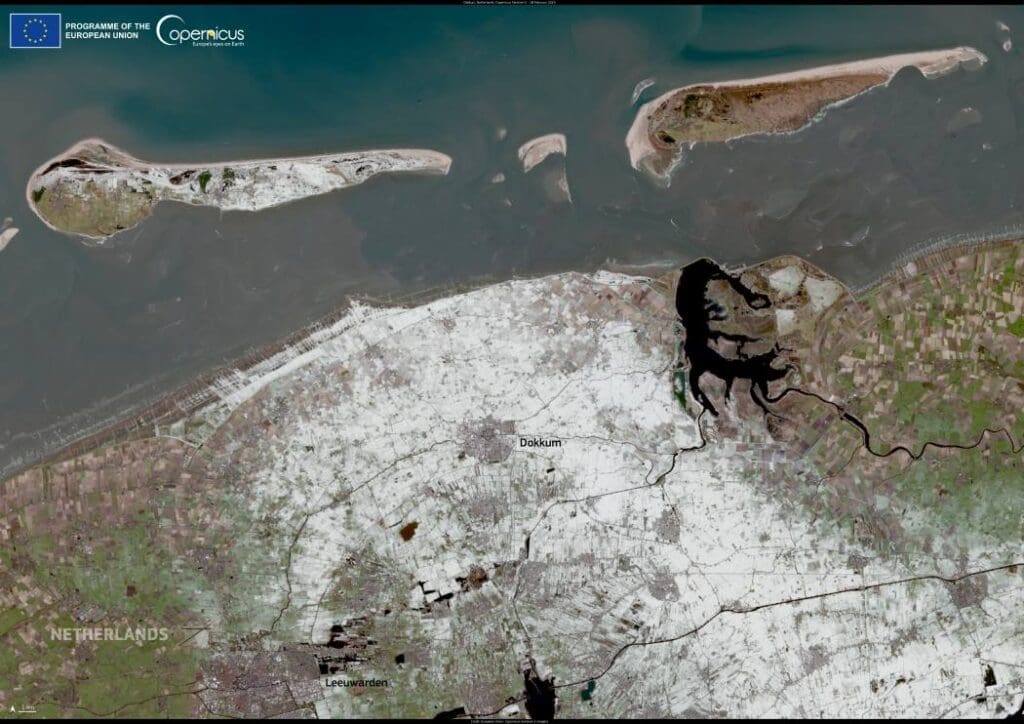Food, water, energy crises, human tragedies in 2023-2025 detailed in sweeping analysis
Fuelled by climate change and relentless pressure on land and water resources, some of the most widespread and damaging drought events in recorded history have taken place since 2023, according to a UN-backed report launched today.
Prepared by the U.S. National Drought Mitigation Center (NDMC) and the UN Convention to Combat Desertification (UNCCD), with support from the International Drought Resilience Alliance (IDRA), the report, ‘Drought Hotspots Around the World 2023-2025’, provides a comprehensive account of how droughts compound poverty, hunger, energy insecurity, and ecosystem collapse.
UNCCD Executive Secretary Ibrahim Thiaw: “Drought is a silent killer. It creeps in, drains resources, and devastates lives in slow motion. Its scars run deep.”
“Drought is no longer a distant threat,” he adds. “It is here, escalating, and demands urgent global cooperation. When energy, food, and water all go at once, societies start to unravel. That’s the new normal we need to be ready for.”
“This is not a dry spell,” says Dr. Mark Svoboda, report co-author and NDMC Director. “This is a slow-moving global catastrophe, the worst I’ve ever seen. This report underscores the need for systematic monitoring of how drought affects lives, livelihoods, and the health of the ecosystems that we all depend on.”
“The Mediterranean countries represent canaries in the coal mine for all modern economies,” he adds. “The struggles experienced by Spain, Morocco and Türkiye to secure water, food, and energy under persistent drought offer a preview of water futures under unchecked global warming. No country, regardless of wealth or capacity, can afford to be complacent.”
A wide-ranging crisis
The new report synthesizes information from hundreds of government, scientific and media sources to highlight impacts within the most acute drought hotspots in Africa (Somalia, Ethiopia, Zimbabwe, Zambia, Malawi, Botswana, Namibia), the Mediterranean (Spain, Morocco, Türkiye), Latin America (Panama, Amazon Basin), Southeast Asia, and beyond.
Africa:
- Over 90 million people across Eastern and Southern Africa face acute hunger. Some areas have been enduring their worst ever recorded drought.
- Southern Africa, already drought-prone, was devastated with roughly 1/6th of the population (68 million) needing food aid in August 2024.
- In Ethiopia, Zimbabwe, Zambia, and Malawi, maize and wheat crops have failed repeatedly. In Zimbabwe alone, the 2024 corn crop was down 70% year on year, and maize prices doubled while 9,000 cattle died of thirst and starvation.
- In Somalia, the government estimated 43,000 people died in 2022 alone due to drought-linked hunger. As of early 2025, 4.4 million people – a quarter of the population – face crisis-level food insecurity, including 784,000 expected to reach emergency levels.
- Zambia suffered one of the world’s worst energy crises as the Zambezi River in April 2024 plummeted to 20% of its long-term average. The country’s largest hydroelectric plant, the Kariba Dam, fell to 7% generation capacity, causing blackouts of up to 21 hours per day and shuttering hospitals, bakeries, and factories.
Mediterranean:
- Spain: Water shortages hit agriculture, tourism, and domestic supply. By September 2023, two years of drought and record heat caused a 50% drop in Spain’s olive crop, causing its olive oil prices to double across the country.
- Morocco: The sheep population was 38% smaller in 2025 relative to 2016, prompting a royal plea to cancel traditional Eid sacrifices.
- Türkiye: Drought accelerated groundwater depletion, triggering sinkholes that present hazards to communities and their infrastructure while permanently reducing aquifer storage capacity.
Latin America
- Amazon Basin: Record-low river levels in 2023 and 2024 led to mass deaths of fish and endangered dolphins, and disrupted drinking water and transport for hundreds of thousands. As deforestation and fires intensify, the Amazon risks transitioning from a carbon sink to a carbon source.
- Panama Canal: Water levels dropped so low that transits were slashed by over one-third (from 38 to 24 ships daily between October 2023 and January 2024), causing major global trade disruptions. Facing multi-week delays, many ships were rerouted to longer, costlier paths via the Suez Canal or South Africa’s infamous Cape of Good Hope. Among the knock-on effects, U.S. soybean exports slowed, and UK grocery stores reported shortages and rising prices of fruits and vegetables.
Southeast Asia
- Drought disrupted production and supply chains of key crops such as rice, coffee, and sugar. In 2023-2024, dry conditions in Thailand and India, for example, triggered shortages leading to a 8.9% increase in the price of sugar and sweets in the US.
“A Perfect Storm” of El Niño and climate change
The 2023–2024 El Niño event amplified already harsh climate change impacts, triggering dry conditions across major agricultural and ecological zones. Drought’s impacts hit hardest in climate hotspots, regions already suffering from warming trends, population pressures, and fragile infrastructure.
“This was a perfect storm,” says report co-author Dr. Kelly Helm Smith, NDMC Assistant Director and drought impacts researcher. “El Niño added fuel to the fire of climate change, compounding the effects for many vulnerable societies and ecosystems past their limits.”
Co-author Dr. Cody Knutson, who oversees NDMC drought planning research, underlined a recent OECD estimate that a drought episode today carries an economic cost at least twice as high as in 2000, with a 35% to 110% increase projected by 2035.
“Ripple effects can turn regional droughts into global economic shocks,” she adds. “No country is immune when critical water-dependent systems start to collapse.”
Women, children among the most affected
Most vulnerable to the effects of drought: Women, children, the elderly, pastoralists, subsistence farmers, and people with chronic illness. Health risks include cholera outbreaks, acute malnutrition, dehydration, and exposure to polluted water.
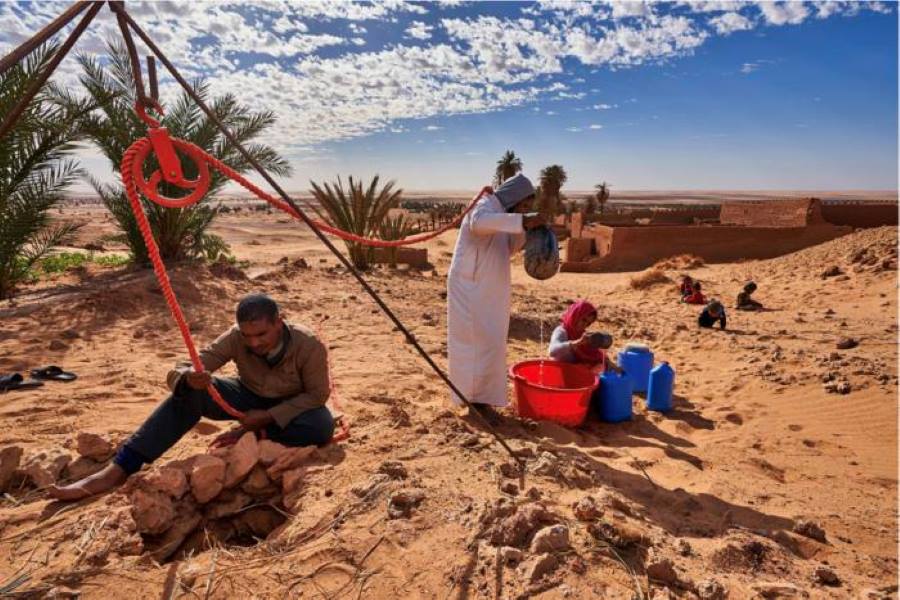
The report highlights in particular the disproportionate toll on women and children.
In Eastern Africa, forced child marriages more than doubled as families sought dowries to survive. Though outlawed in Ethiopia, child marriages more than doubled in frequency in the four regions hit hardest by the drought. Young girls who marry can bring their family income in the form of a dowry while lessening the financial burden of providing food and other necessities.
In Zimbabwe, entire school districts saw mass dropouts due to hunger, costs, and sanitation issues for girls.
In the Amazon, the drought upended life for remote Indigenous and rural communities. In some areas, the Amazon River fell to its lowest level ever recorded, leaving residents stranded – including women giving birth – and entire towns without potable water.
“The coping mechanisms we saw during this drought grew increasingly desperate,” says lead author Paula Guastello, NDMC drought impacts researcher. “Girls pulled from school and forced into marriage, hospitals going dark, and families digging holes in dry riverbeds just to find contaminated water — these are signs of severe crisis.”
“As droughts intensify, it is critical that we work together on a global scale to protect the most vulnerable people and ecosystems and re-evaluate whether our current water use practices are sustainable in today’s changing world,” Guastello says.
Deputy Executive Secretary of UNCCD Andrea Meza: “The report shows the deep and widespread impacts of drought in an interconnected world: from its rippling effects on price of basic commodities like rice, sugar and oil from Southeast Asia and the Mediterranean; to disruptions in access to drinking water and food in the Amazon due to low river levels, to tens of millions affected by malnutrition and displacement across Africa.”
“The evidence is clear,” adds Meza. “We must urgently invest in sustainable land and water management, land-use planning and integrated public policies to build our resilience to drought or face increasingly harsh consequences. Public policies and international cooperation frameworks must urgently prioritize drought resilience for the sake of societies and economies.”
Wildlife killed en masse
Beyond the 200 endangered river dolphins and thousands of fish lost to the Amazon drought, impacts on wildlife include:
- 100 elephants died in Zimbabwe’s Hwange Park due to starvation and limited access to water between August and December 2023.
- Hippos were stranded in dry riverbeds in Botswana in 2024.
- Some countries last year culled wild animals (e.g., 200 elephants in Zimbabwe and Namibia) to feed rural communities and protect ecosystems from overgrazing.
Lessons and recommendations
The report calls for urgent investments in drought preparedness, including:
- Stronger early warning systems and real-time drought and drought impact monitoring, including conditions contributing to food and water insecurity.
- Nature-based solutions such as watershed restoration and indigenous crop use.
- Resilient infrastructure, including off-grid energy and alternative water supply technologies.
- Gender-responsive adaptation, ensuring that women and girls are not further marginalized.
- Global cooperation, especially in protecting transboundary river basins and trade routes.
“Drought is not just a weather event – it can be a social, economic, and environmental emergency,” says Dr. Smith. “The question is not whether this will happen again, but whether we will be better prepared next time.”
“Drought has a disproportionate effect on those with fewest resources. We can act now to reduce the effects of future droughts by working to ensure that everyone has access to food, water, education, health care and economic opportunity.”
“The nations of the world have the resources and the knowledge to prevent a lot of suffering,” Dr. Smith adds. “The question is, do we have the will?”
Article Source:
Press Release/Material by United Nations Convention to Combat Desertification (UNCCD)
Featured image: Water shortages in Spain hit agriculture, tourism, and domestic supply. Credit: UNCCD

